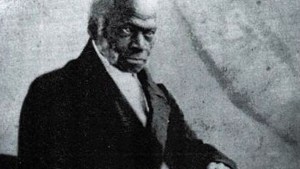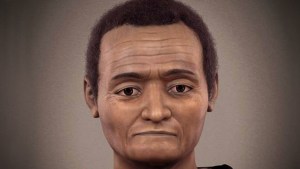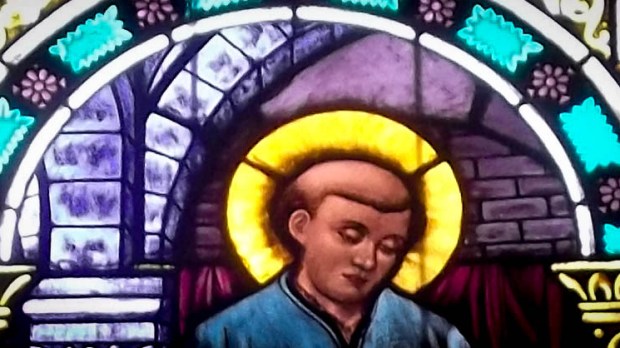Father Augustus Tolton (“Good father Gus,” as he came to be known), was a former slave and the first African-American ordained a priest in America. He has been declared a Servant of God. Then there is St. Benedict the Moor, also known as St. Benedict the African. St. Benedict is a patron saint of African-Americans.
Benedetto Manasseri was an African-Italian. His parents were captured slaves from Africa and had been brought to Messina, Italy, in the early 16th century. They took the names of Cristoforo and Diana Manasseri. In 1526 Diana gave birth to a son, and they named him Benedetto.
Benedetto’s parents converted to Catholicism; Benedetto was granted his freedom when he was born. Unfortunately, Benedetto came from an impoverished family and could not attend school. He spent his early years working in the fields as a shepherd. The meager earnings he brought home he would give to the family and anything leftover he would give to the poor.
Benedetto’s quiet, kind, and gentle demeanor was noticed by a man named Jerome Lanze. He was the leader of a group of hermits who lived on nearby Mount Pellegrino. These men were following the Rule for Hermits written by St. Francis of Assisi. Lanze invited the 21-year-old Benedetto to join the hermits and be trained under the teachings of St. Francis. Benedetto gave away all his possessions to the poor and followed Jerome Lanze into the mountains.
He started as a cook for the hermits and eventually became one of Lanze’s most trusted advisors. When he was 28 years old, he succeeded Lanze as superior of the Franciscan group of hermits. Interestingly, despite reaching this post, Benedetto was still illiterate.
During the Council of Trent in 1564, Pope Pius IV decided to disband the hermit societies and asked the men in the varied communities to join the Franciscan Order. When Benedict became a member of the Friars Minor, he was sent to Palermo to live at the Franciscan Friary of St. Mary of Jesus. His gifts were quickly recognized.

Read more:
This hairdresser slave is on the way to canonization
Benedict started at the Friary as a cook but before long became Master of Novices. Soon after that, he was made Guardian of the Community. Remember, this was a black man of the 16th century, who remained illiterate and was never ordained to the priesthood. But despite the prejudice of the day, people were drawn to his teaching of Scripture. It was also believed that Benedict had the power to heal. Before long Benedict became Master of the Friary.
After years of taking care of much of the business and functioning of the Friary, Benedict requested to be allowed to once again return to the kitchen. Permission was granted, and he returned to his true love. He quickly gained a reputation for being incredibly creative with food because he could feed many more people than expected with small amounts of what was available. Some were sure that God’s hand was certainly “helping” Benedict create “extra food.”
We must not forget that Benedict suffered persecution throughout his life because he was “dark skinned.” Just as African-Americans suffered injustices in America, so did African-Italians. Prejudice was always there, and Benedict felt the constant sting of it.
Benedict became known for his tolerance and patience in dealing with the constant demeaning and name calling. He transcended it all with his holiness, which was noticed by many. Word of Benedict’s kindness and spirituality had spread, and hordes of people would journey to see the friar and maybe get a chance to talk to the humble cook.
Benedict the Moor died when he was 65, near Palermo, Sicily. Three years later he was declared the Patron of Palermo.
Benedict was beatified in 1743 by Pope Benedict XIV, and canonized in 1807 by Pope Pius VII. He, along with the Dominican brother St. Martin de Porres, were declared patron saints of African-Americans. Churches in Washington DC, New York, Chicago, Milwaukee and other cities have churches dedicated in his honor and named after him. His feast day is April 4.
St. Benedict the Moor, please pray for us.

Read more:
St. Martin de Porres: This reconstruction of his face reveals his humility and charity

